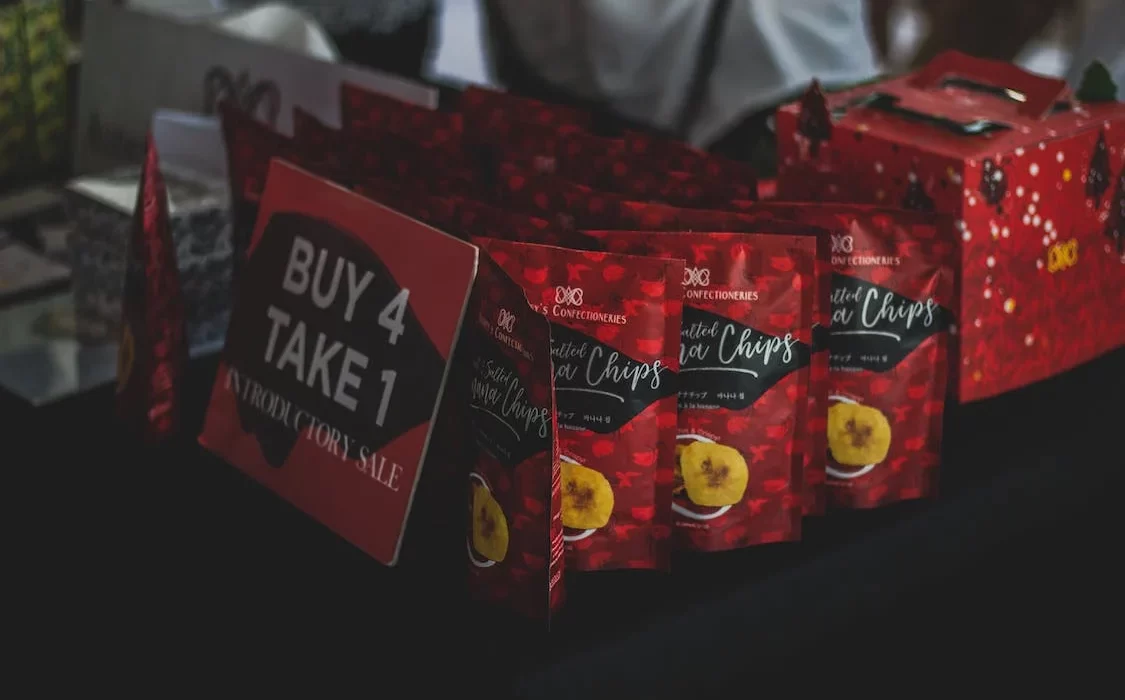Plastic packaging is widely regarded as the villain of today’s society, owing to rising environmental concerns. Flexible packaging is becoming increasingly popular as a way to reduce the use of plastic by numerous FMCG manufacturers.
Flexible packaging, according to the Flexible Packaging Association, is a package or any portion of a package that can change shape readily. It’s a non-rigid structure utilized to keep things safe.
If you’re a manufacturer, a retailer, or someone who works in the FMCG sector, you’ve probably heard of flexible packaging materials. When it comes to packaging items, any manufacturer strives for flexibility. Flexible packaging has numerous benefits, including food product safety, increased shelf life, ease of transportation, barrier protection, and the capacity to mould itself to produce highly customizable packaging. FMCG and packaging industries are now relying on flexible packaging materials more than ever and this trend is here to stay.
Here are some of the key benefits of flexible packaging materials:
- Eco-friendly: The major benefit of flexible packaging solutions is that it is easily reused and recycled. Hence making it an environment-friendly solution to all your packaging needs.
- Versatility: Flexible packaging is extremely versatile, and it helps the product stand out on a store shelf. The packaging can be aligned as per the requirements of the product and customized catering to different business needs.
- Durability: Flexible packaging is durable and resilient against extreme force and pressure, as compared to traditional packaging solutions.
- Ease of transportation: Due to their high durability, flexible packaging materials offer ease of transportation and decrease the overall risk of damage.
- Customizable products: This is like an added advantage for businesses to stay ahead of their competition by designing unique and highly customized packaging solutions defining their brand USP and establishing a strong connection with their customers.
- Economic feasibility: Manufacturing flexible packaging materials is easier than traditional packaging solutions (glass, plastics) as it takes less energy and economical raw materials.
Some of the most commonly used flexible packaging materials include High-Density Polyethylene (HDPE), Polyolefin, Linear Low-Density Polyethylene (LLDPE), Low-Density Polyethylene (LDPE), Polyvinyl Chloride (PVC, Vinyl), Polyethylene Terephthalate (PTE), etc.
Flexible packaging has already surpassed traditional packaging solutions due to its numerous benefits and economical feasibility. More and more manufacturers and retailers, especially those dealing in the FMCG industries are shifting towards adopting flexible packaging solutions.
If you own a business with such requirements and wish to know more in detail, consult our industry experts at Manish Enterprises and make an easy switch to flexible packaging.

